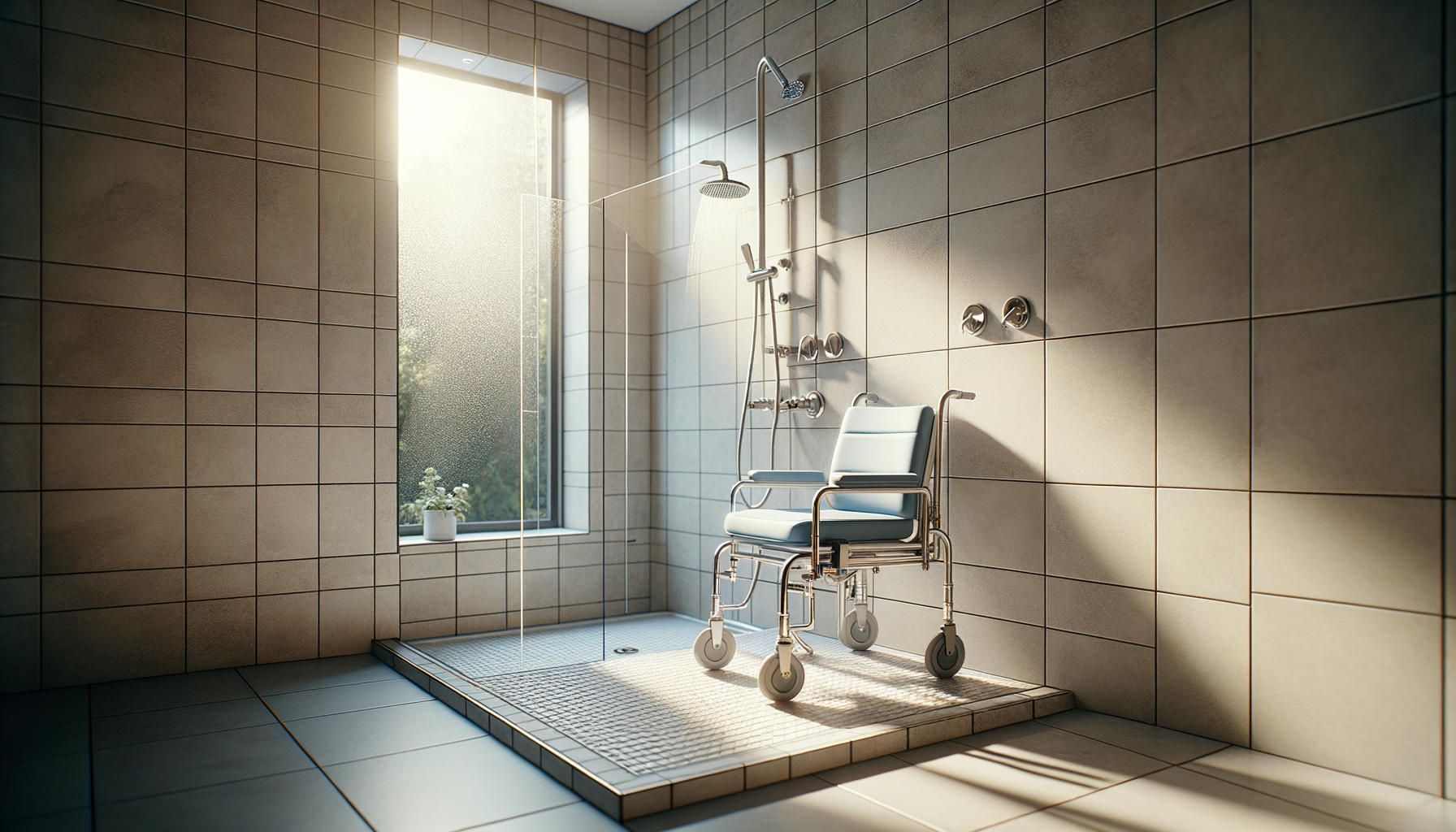
Demystifying Pressure Cooking: Quick and Delicious Meals
Pressure cooking, once a staple in grandma’s kitchen, has reemerged as a modern culinary marvel, offering a quick and efficient way to prepare delicious meals without sacrificing flavor or nutrition.
Pressure cooking is a method that uses steam pressure to cook food quickly. It has gained popularity among home cooks and professionals alike for its ability to tenderize even the toughest cuts of meat in a fraction of the time required by traditional methods. According to culinary expert Harold McGee, pressure cooking “traps steam, which raises the pressure and temperature inside the pot, cooking food faster and retaining more nutrients.”
Why Choose Pressure Cooking?
Pressure cooking offers numerous benefits. A study published in the Journal of Food Science found that pressure cooking can preserve more vitamins compared to boiling and steaming. Additionally, it reduces cooking time by up to 70%, making it a time-efficient option for busy individuals.
Personal Experience
As someone who juggles work and family, I often turn to pressure cooking to whip up meals like stews and soups. One memorable evening, I managed to prepare a hearty beef stew in just 30 minutes—something that would typically take hours with conventional methods.
Getting Started with Pressure Cooking
- Choose the Right Pressure Cooker: There are electric and stovetop models, each with its own advantages. Electric models offer convenience with automatic settings, while stovetop versions give you more control over the cooking process.
- Understand the Basics: Familiarize yourself with the pressure settings and safety features. Always ensure the lid is properly sealed before starting.
- Experiment with Recipes: Start with simple recipes like steamed vegetables or chicken broth to get comfortable with the process.
Comparison Table: Electric vs. Stovetop Pressure Cookers
| Feature | Electric | Stovetop |
|---|---|---|
| Convenience | High | Medium |
| Control | Medium | High |
| Price | Varies | Typically less expensive |
| Portability | Medium | High |
| Speed | Fast | Faster |
| Safety Features | Automatic | Manual |
| Versatility | High | Medium |
| Cleaning | Easy | Easy |
For a flavor boost, brown your meats and sauté vegetables in the pressure cooker before sealing the lid. This enhances the depth of flavors in your dishes.
Frequently Asked Questions
Is pressure cooking safe?
Yes, modern pressure cookers come with multiple safety features to prevent accidents.
Can I cook frozen food in a pressure cooker?
Absolutely. Pressure cookers can cook frozen foods efficiently, though it may require slightly more time.
What types of meals can I prepare?
From soups and stews to rice and desserts, pressure cookers are versatile enough for various dishes.
Conclusion
Embracing pressure cooking can transform your kitchen routine by saving time and enhancing the nutritional value of your meals. Whether you’re a novice or an experienced cook, there’s always something new to explore with this innovative cooking technique. So, why not give it a try and enjoy quick, delicious meals? For more recipes and tips, check out versatile cooking resources available online.


